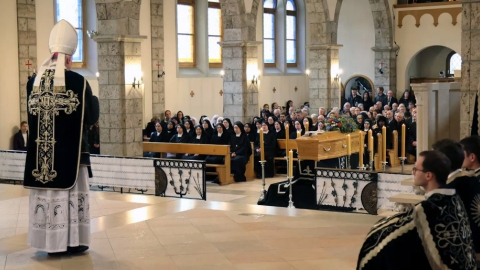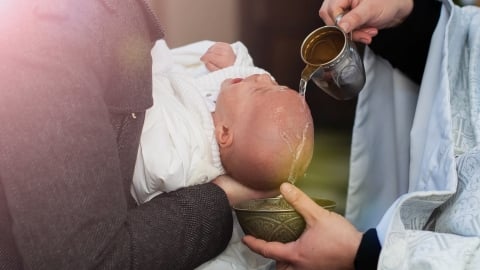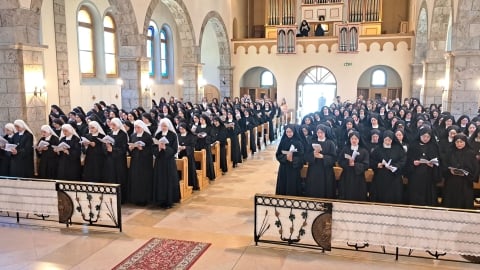From the Archives: The State of Necessity

The state of necessity engendered by the decades-long crisis in the Catholic Church is often referenced in discussions concerning the Society of Saint Pius X’s (SSPX) apostolate, but too often remains poorly understood. The Society’s detractors often claim that the SSPX operates outside the Church’s boundaries. Nothing could be further for the truth, as this intensive two-part study demonstrates.
Published originally in Courrier de Rome in 2008, Fr. Jean-Michel Gleize, FSSPX, defines what the state of necessity in the Church entails: “A state of necessity is an extraordinary situation in which the necessaries of natural or supernatural life are threatened in such a way that to safeguard them one finds oneself habitually obliged to break the law.” The “law” Fr. Gleize references, ecclesiastical law, “is by definition ordered to the preaching of the doctrine of faith and the administration of the sacraments.” However, “[i]f the application of the law goes against the end of the law intended by the legislators, it is no longer legitimate because self-contradictory.”
From there, Fr. Gleize discusses the most common objections to the SSPX’s work, including the spurious argument that a state of necessity no longer exists in the Church. Though published nearly 15 years ago, Fr. Gleize’s study is as timely as ever. Catholics inclined to believe that Pope Benedict XVI alleviated the state of necessity through the promulgation of Summorum Pontificum in 2007 have found this conclusion dashed against the stone of Pope Francis’s 2021 document Traditionis Custodes, which seeks to bind the traditional Latin Mass that his predecessor had loosed. Moreover, other serious symptoms of the crisis, including apostasy, laxity, and indifferentism continue unabated.
The reasons for the SSPX’s existence are arguably stronger now than when it was founded over 50 years ago by Archbishop Marcel Lefebvre. Fr. Gleize goes to considerable lengths to explain why.
Read Part 1 of “The State of Necessity” here.
Part 2 of the study is available here.





